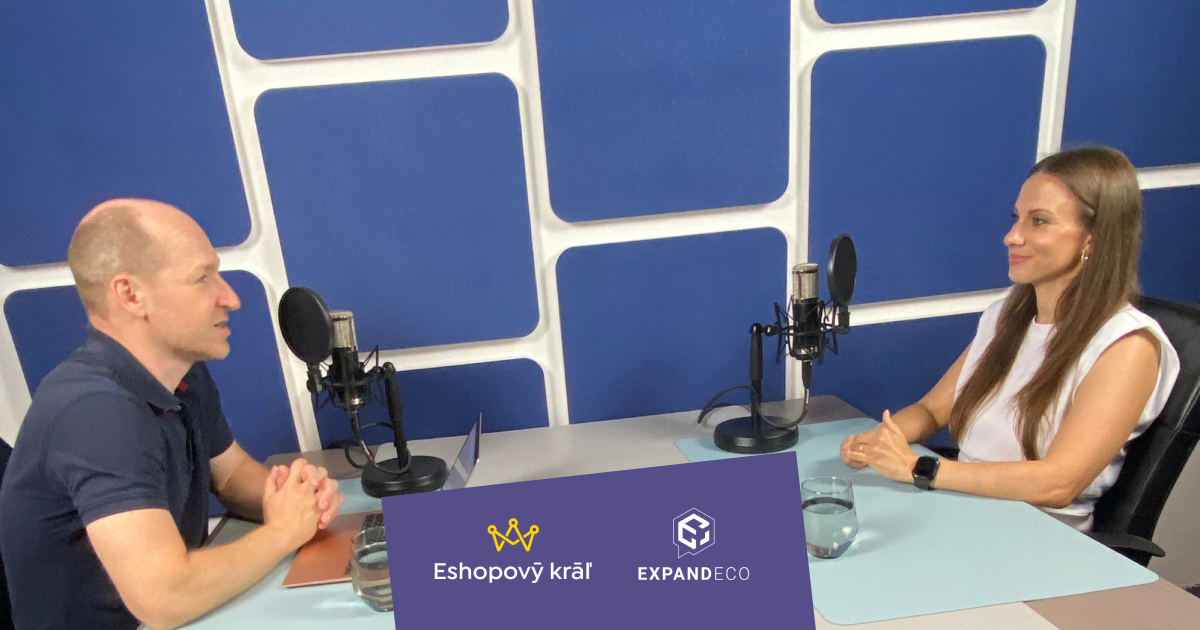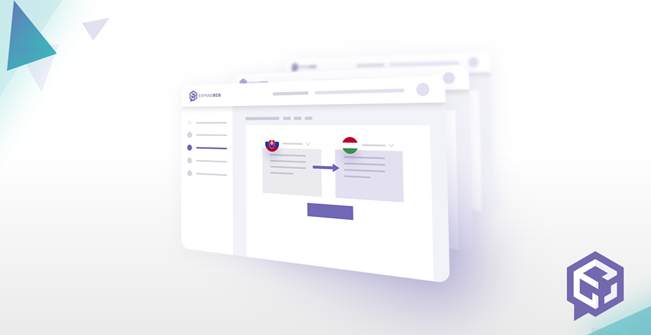What is the difference between translations for an e-shop in a “standard” agency and your approach?
The advantage of using our services is definitely the complexity and extensive experience of our translators in the e-commerce segment. Let me break it down:
Each translator focuses on and gains knowledge in certain segments or fields. Some translators are experts in medical translations, some focus on the automotive segment, and as for our translators – they are really skilled experts in the e-commerce segment. They have many years of experience in translations from this area and therefore often have no problem working with complicated file types, as well as marketing texts that tend to require a more creative approach.
The other advantage is complexity.
By guiding the client through the entire expansion and providing services from setting up bank accounts in target countries, through call centers, to reverse logistics, Expandeco is able to beautifully connect all of these aspects in translations and subsequent localization and deliver a complex service to the customer. I’ll give you an example. We were doing a localization check service for a client – let’s call it an audit. This client has already expanded into another country. The translation was done, and the client needed to check that it’s correct and the shopping cart is localized accurately. As part of our service, we produce a report of all the deficiencies from the local customer’s perspective. We check the accuracy of the purchase process, confirmation emails, payment methods, and shipping. We basically create an authentic customer experience and report all of the problematic parts so that the client can immediately fix them and implement changes on their website. A huge advantage of this service is that for the test orders, we can use our own collection points in 18 countries so far. Subsequently, thanks to reverse logistics, we resolve the returns of the goods. This data is extremely valuable to clients, and we have several real-life cases where we have instantly solved the problem of low orders in a specific country, or at least improved the conversion rate on the online entrepreneurs’ websites.
The third huge advantage is our internal system.
All our clients have access to Expandeco Platform. There they have the ability to manage all our services in one place. They can, for instance, assign translations and have an overview of delivery dates, files, costs. E-tailers save a lot of time and energy this way. Our clients especially appreciate the ease of use and clarity compared to the lengthy and messy e-mail communication.


To sum it up in one sentence – Expandeco sincerely listens, perceives the needs of e-shops, and tries to make it practical and easier to do business abroad.
What are the biggest mistakes you have encountered in translations from a UX perspective?
The biggest issue in terms of translation quality at the moment is, of course, machine translation. It naturally affects the customer’s trust in the e-shop. Although, at the same time, it’s a huge trend right now and in a way, I get it. There are big expenses during e-shop expansion and most retailers strive to diversify their budget wisely. To achieve this, e-shop owners try to keep translation costs down, as the prices for machine translations are tempting. On the other hand, it is reflected in the success of the e-shop itself abroad. Up to 76% of customers prefer shopping in their native language. Simply put, the more authentically country-specific your site is, the more credible you will appear.
Can you mention some specific cases?
We had a client who contacted us saying they were expecting a much nigher number of orders in the Netherlands and they need to figure out where the error lies. Our native speaker checked the website translation, processed a test order, and it turned out that the translation itself was of very poor quality. There were expressions in German, which is a straight-up insult to the Dutch and they will simply not buy things from such an e-shop. We put together a report for the client, correcting the deficiencies which the client then eliminated and immediately saw the result.
A great example is the localization check for 6 countries that we carried out for a different client. The differences between individual countries were quite clearly observed in the reports. For instance, the Hungarian translator emphasized the fact that Hungarian customers are very demanding. They read the whole product description in detail and like to have the product photographed from every angle. Whereas customers in England prefer concise descriptions and don’t need many accompanying pictures.
Lastly, what we encounter regularly, are machine translations using the second-person singular to address an individual, even though Czechs customarily use the third-person plural forms. Unless, of course, their corporate culture is set up differently.








